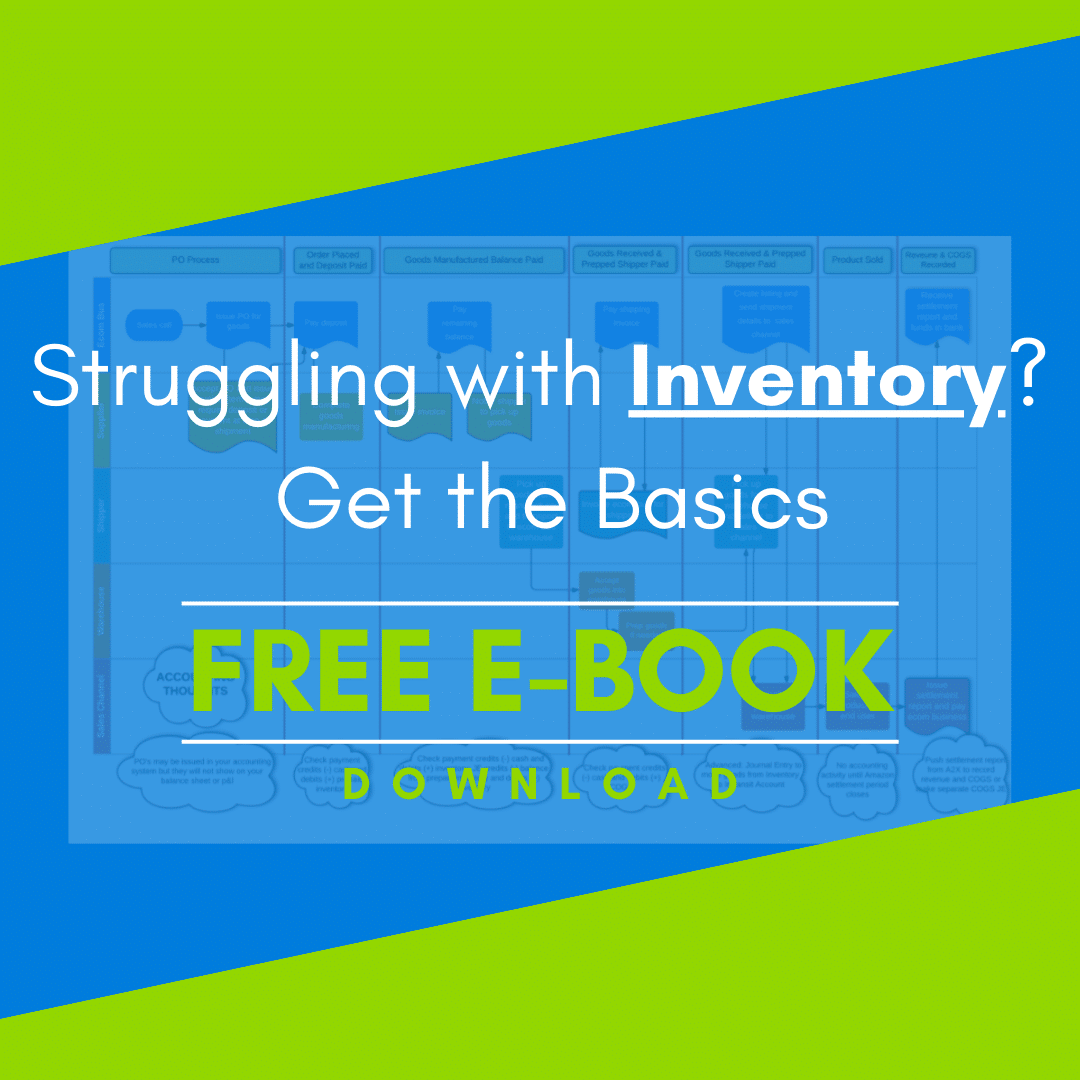
Your business is thriving, sales are soaring, and your bank accounts are looking healthy. It seems like you’re living your dream, doesn’t it? However, as an ecommerce seller, you’re likely familiar with the flip side of this success. You know that the boom times can be followed by challenging periods where every dollar is stretched to its limit. Can you relate? I’m sure you’re nodding your head in agreement.
If you’re tired of riding this business roller coaster and ready to step off, it’s time to establish a cash strategy that ensures stability throughout the year.
Why is a cash strategy as important during the good times as it is during the not-so-good times?
Parkinson’s Law, which states “we use what we got,” is at the core of understanding why a cash strategy is essential. This law applies to various resources, including money, time, and personnel. When there’s more money available, we tend to spend more. Similarly, if we have more people, it often takes more people to get the work done. And when we have more time, tasks tend to expand and take longer to complete. It’s a natural tendency.
A relatable analogy in Profit First is toothpaste. When you have a new tube of toothpaste, you don’t worry about how much you use each day. But as the tube nears its end, you start using a small amount to make it last longer. This concept aligns with Parkinson’s Law and is a fundamental principle of the Profit First cash flow management approach.
Now, let’s apply Parkinson’s Law to your cash. During Q4, it’s common to have more cash than usual. However, if that cash remains in your bank account, you’ll always find ways to spend it. Whether it’s purchasing new equipment, launching a new product, or indulging in personal expenses like a cruise, the tendency is to use the available cash. That’s why it’s crucial to have a year-round cash strategy in place, not just during lean times.
How can you build a cash strategy that works for your business?
Step #1: Determine your average monthly operating expenses by reviewing your year-to-date P&L statement. This will give you an idea of the amount you need to cover for a normal month.
Step #2: Calculate your inventory obligations. If you track accounts payable, check your balance sheet for the amount owed. For credit card payments, identify the portion related to inventory. Consider upcoming inventory expenses like fulfillment and shipping. It’s recommended to have separate bank accounts and credit cards for inventory to differentiate it from operating costs.
Step #3: Keep the projected operating expenses and expected inventory costs in your regular checking account. Transfer any surplus above these expenses to a savings account. If you receive payouts biweekly, allocate the first payout towards expenses and move the second payout to savings. It’s satisfying to know your monthly expenses are covered.
Step #4: Refrain from using the savings account until you’ve experienced several business cycles, preferably after the start of the new year. Consult your accountant to estimate upcoming taxes and allocate funds accordingly. Assess your business goals, such as product launches, sales tax compliance, or adjusting to tariffs. Allocate funds for these initiatives based on their costs.
Step #5: Reward yourself! While not part of the official Profit First approach, it’s important to acknowledge and celebrate your positive financial habits. Set aside a portion of the funds from Step #4 as a reward for your achievements.
Your decision to become an entrepreneur as an ecommerce business brought with it long hours and hard work. That’s a given. But it should be rewarding. You and your family deserve to benefit from your efforts. Implementing a solid cash management system can set up your business to serve you instead of the other way around. It’s time to get off that roller coaster!



Leave a Comment